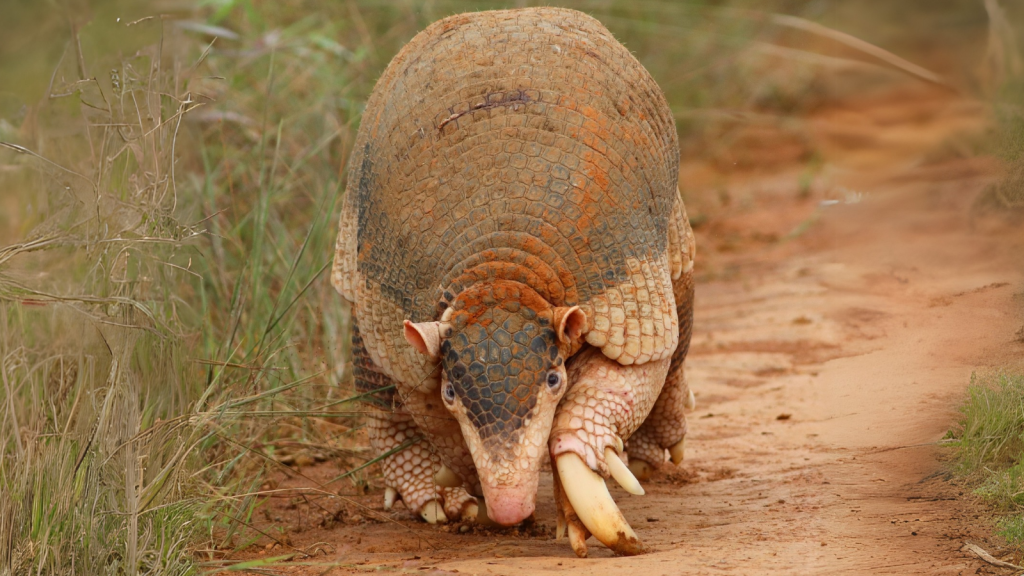The giant armadillo, a mysterious creature of South America’s grasslands and forests, often escapes the spotlight. These impressive animals, with their armoured shells and powerful claws, have fascinated scientists for years. Despite their size, they remain elusive, with many aspects of their lives shrouded in mystery. As we uncover more about these remarkable beings, we’re constantly surprised by their unique adaptations and behaviours. Here are twelve fascinating facts about giant armadillos that might just make you see these animals in a whole new light.
They’re Not Actually That Giant
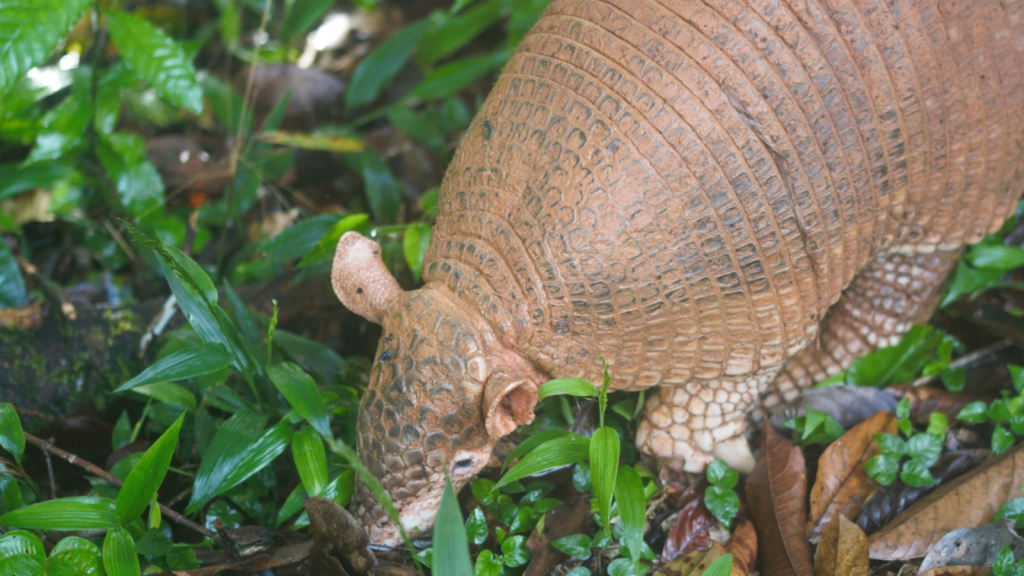
Despite their name, giant armadillos aren’t as enormous as you might think. They typically grow to about 75-100 cm long, with their tail adding another 50 cm. While they’re the largest living armadillo species, they’re far from being giants in the animal kingdom. However, they can weigh up to 54 kg, making them significantly heavier than their smaller armadillo cousins.
Their Shells Are Made of Bone

The iconic armadillo shell isn’t just for show. It’s actually made up of bony plates covered in keratin, the same protein found in our fingernails. This armour provides excellent protection against predators, but it’s flexible enough to allow movement. Interestingly, the giant armadillo’s shell has more flexible bands than other armadillo species, giving it greater mobility.
They Have Incredibly Long Claws
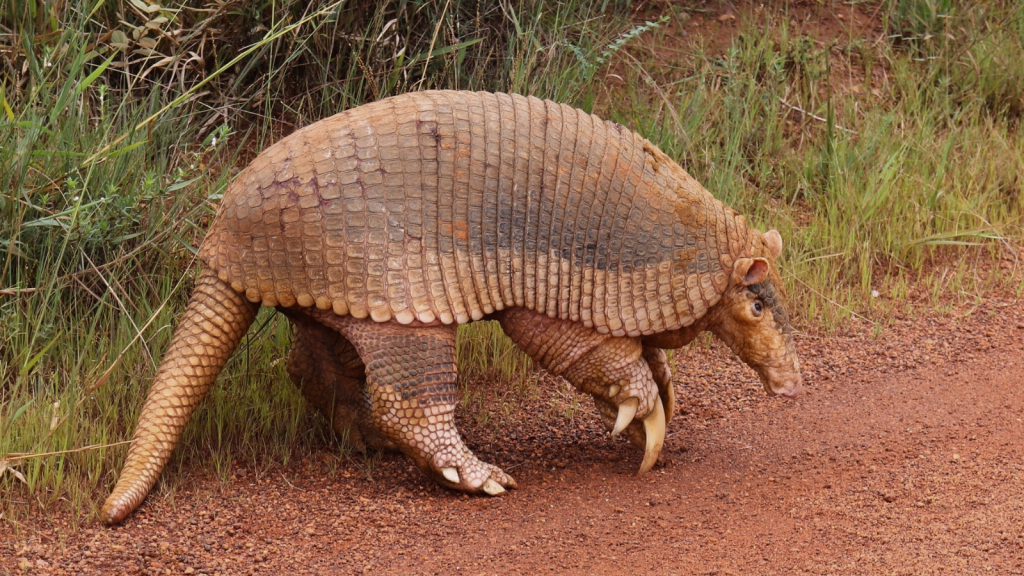
Giant armadillos sport impressively long claws, particularly on their front feet. These claws can grow up to 20 cm in length. They use these powerful tools for digging burrows and foraging for food. These claws are so efficient that a giant armadillo can dig a new burrow in just a few minutes.
They’re Excellent Swimmers
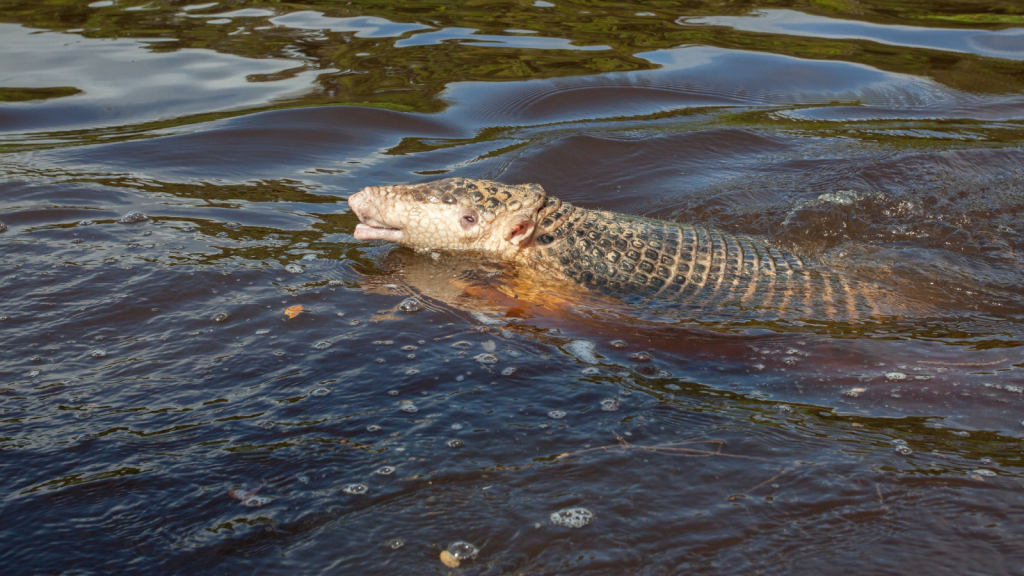
You might not expect it from their appearance, but giant armadillos are skilled swimmers. They can inflate their intestines to increase buoyancy, allowing them to cross rivers and streams with ease. This ability helps them navigate their diverse habitats. Their strong legs and low centre of gravity also contribute to their swimming prowess.
They Have Poor Eyesight
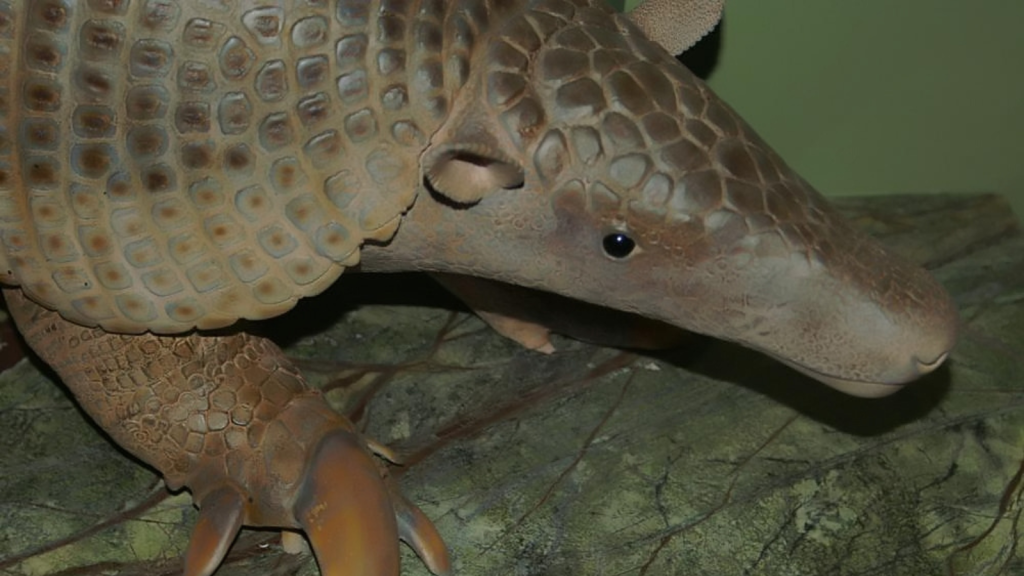
Giant armadillos don’t rely much on their vision. Their eyes are small and their sight is quite poor. Instead, they depend more on their keen sense of smell to find food and navigate their environment. Their long, sticky tongues also play a crucial role in locating and capturing prey.
They’re Mostly Nocturnal
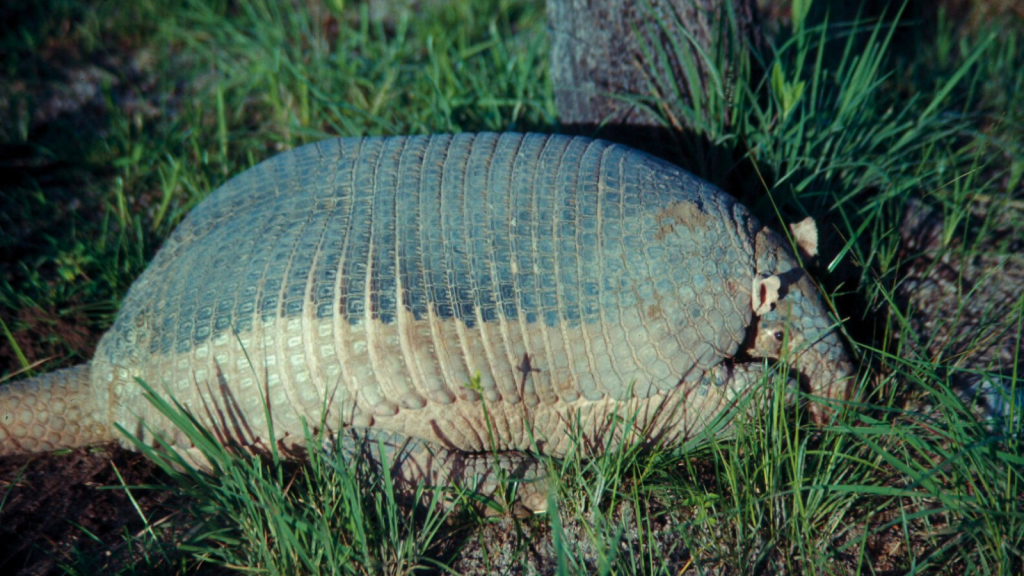
These armoured creatures prefer to come out at night. They spend most of the day sleeping in their burrows, emerging after dark to forage for food. This nocturnal lifestyle helps them avoid the heat of the day and many potential predators. During their active hours, they can cover up to 1.5 km in search of food.
They Have Fewer Teeth Than Other Mammals
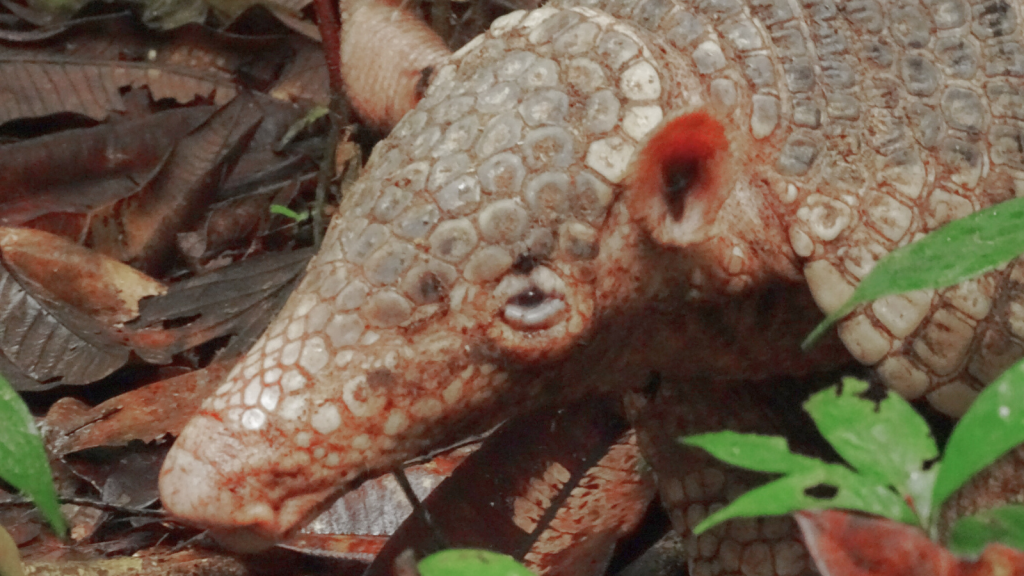
Unlike most mammals, giant armadillos have very few teeth. They typically have between 14 and 18 small, peg-like teeth. Despite this, they’re able to effectively crush and grind their insect prey. Their teeth lack enamel and continue to grow throughout their lives, compensating for wear from their diet.
They Create Homes for Other Animals
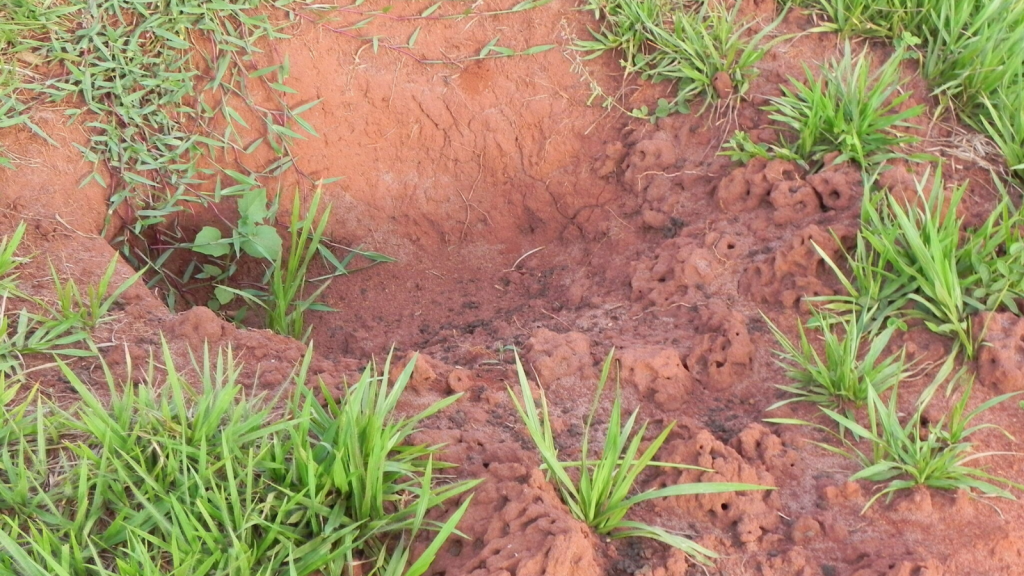
The burrows dug by giant armadillos often become homes for other creatures. After an armadillo moves on, animals like peccaries, anteaters, and even other armadillo species might move in. This makes them important habitat engineers in their ecosystems. A single giant armadillo can create up to 70 burrows in its territory, significantly impacting local biodiversity.
They Have a Low Body Temperature
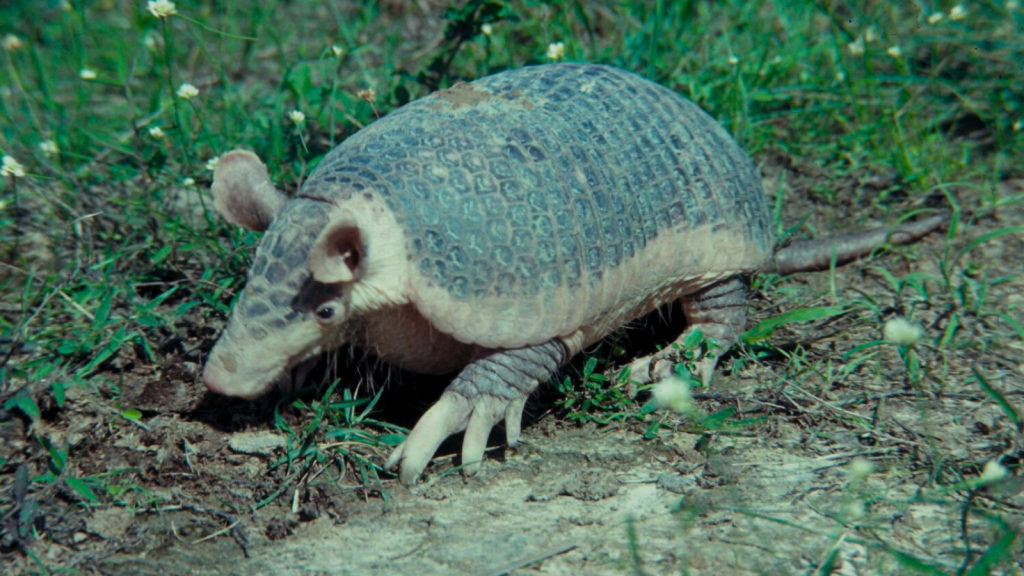
Giant armadillos have a lower body temperature than many mammals, typically around 33-36°C. This lower temperature might be an adaptation to their insect-based diet, helping them conserve energy. Their low metabolism also means they don’t need to eat as frequently as other mammals of similar size.
They’re Solitary Creatures
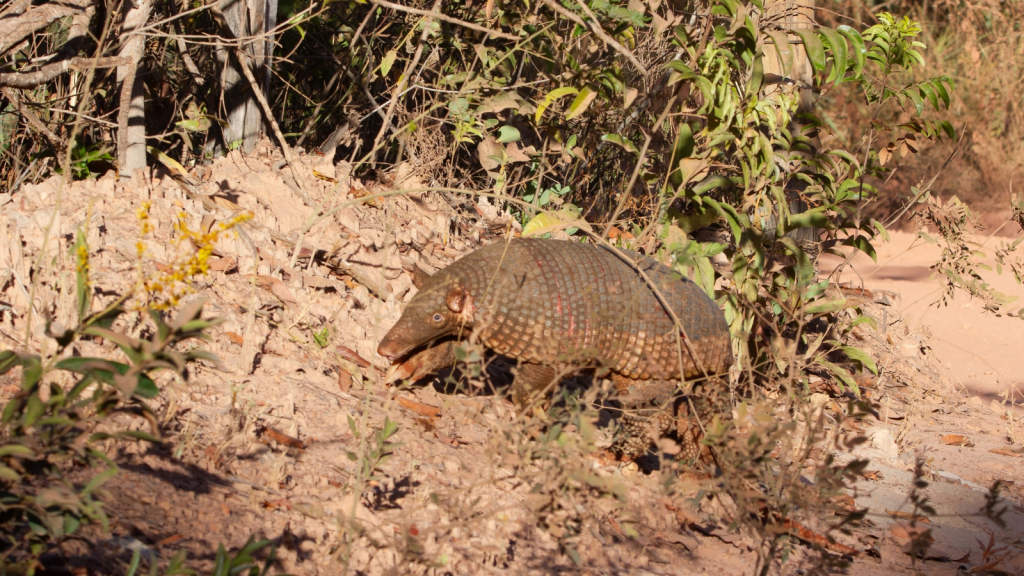
Unlike some other armadillo species, giant armadillos prefer to live alone. They only come together to mate, and mothers care for their young for several months before the youngsters set off on their own. Adult giant armadillos maintain large territories, which can span up to 452 hectares.
They’re Vulnerable to Extinction
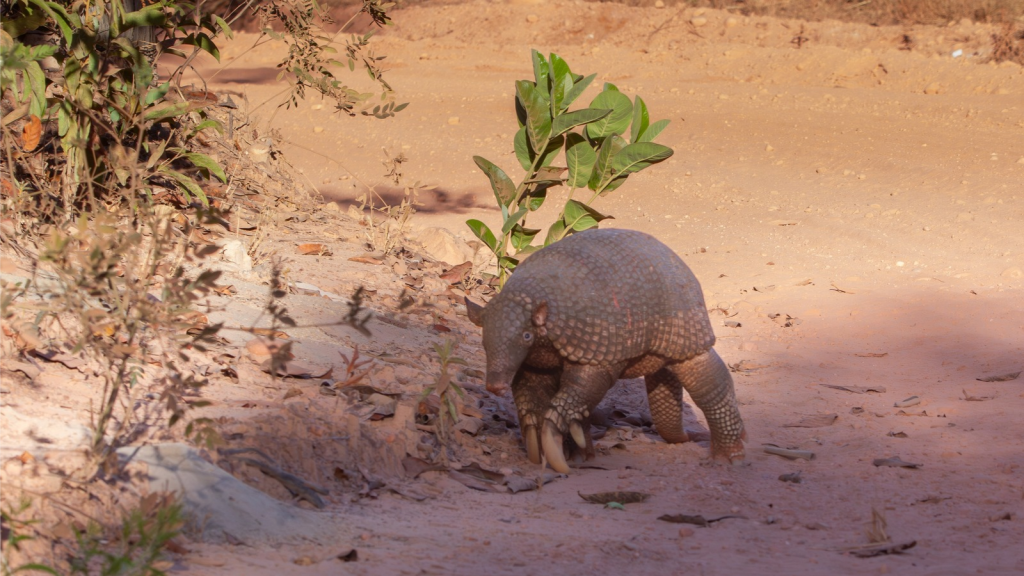
Sadly, giant armadillos are classified as vulnerable by the IUCN Red List. Habitat loss, hunting, and their naturally low reproduction rate all contribute to their declining numbers. Conservation efforts are crucial for their survival. It’s estimated that there are fewer than 10,000 giant armadillos left in the wild.
They Can Live for Over 20 Years
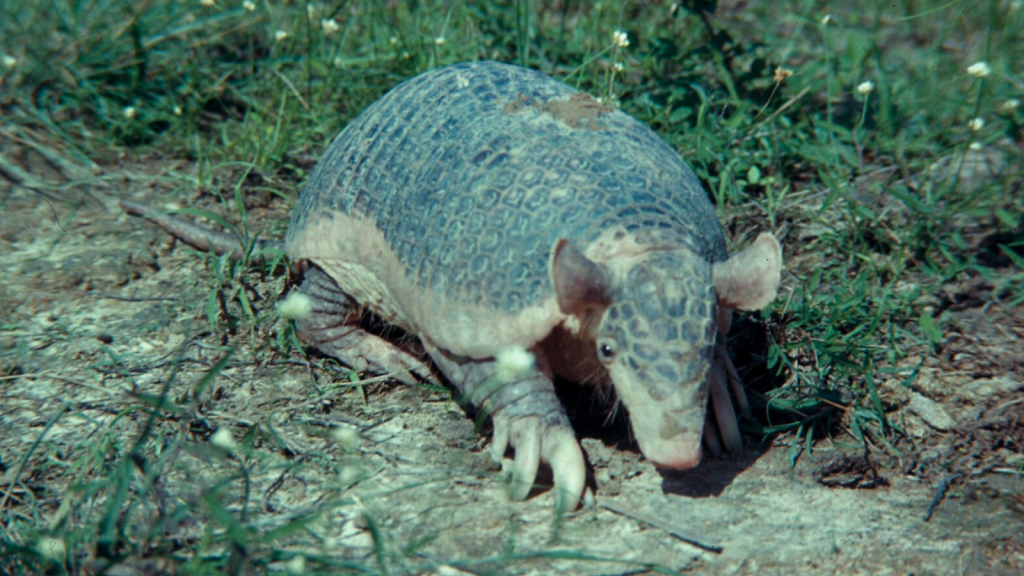
In the wild, giant armadillos can live for up to 15 years. However, in captivity, they’ve been known to survive for over 20 years. This long lifespan is unusual for a creature of their size. Their longevity, combined with their low reproduction rate, means that population recovery is a slow process for this species.
Becky is a fervent wildlife enthusiast and pet care expert with a diploma in canine nutrition. Her love for animals stretches beyond the domestic, embracing the wild tapestry of global fauna. With over a decade of experience in animal welfare, Becky lends her expertise to OutlandishOwl through insightful articles, captivating wildlife information, and invaluable guidance on pet nutrition. Her work embodies a deep commitment to understanding the intricate lives of animals and a passion for educating others on sustaining natural habitats. Becky's hands-on conservation efforts and her knack for translating complex dietary science into practical pet feeding tips make her an indispensable voice for creatures great and small.

